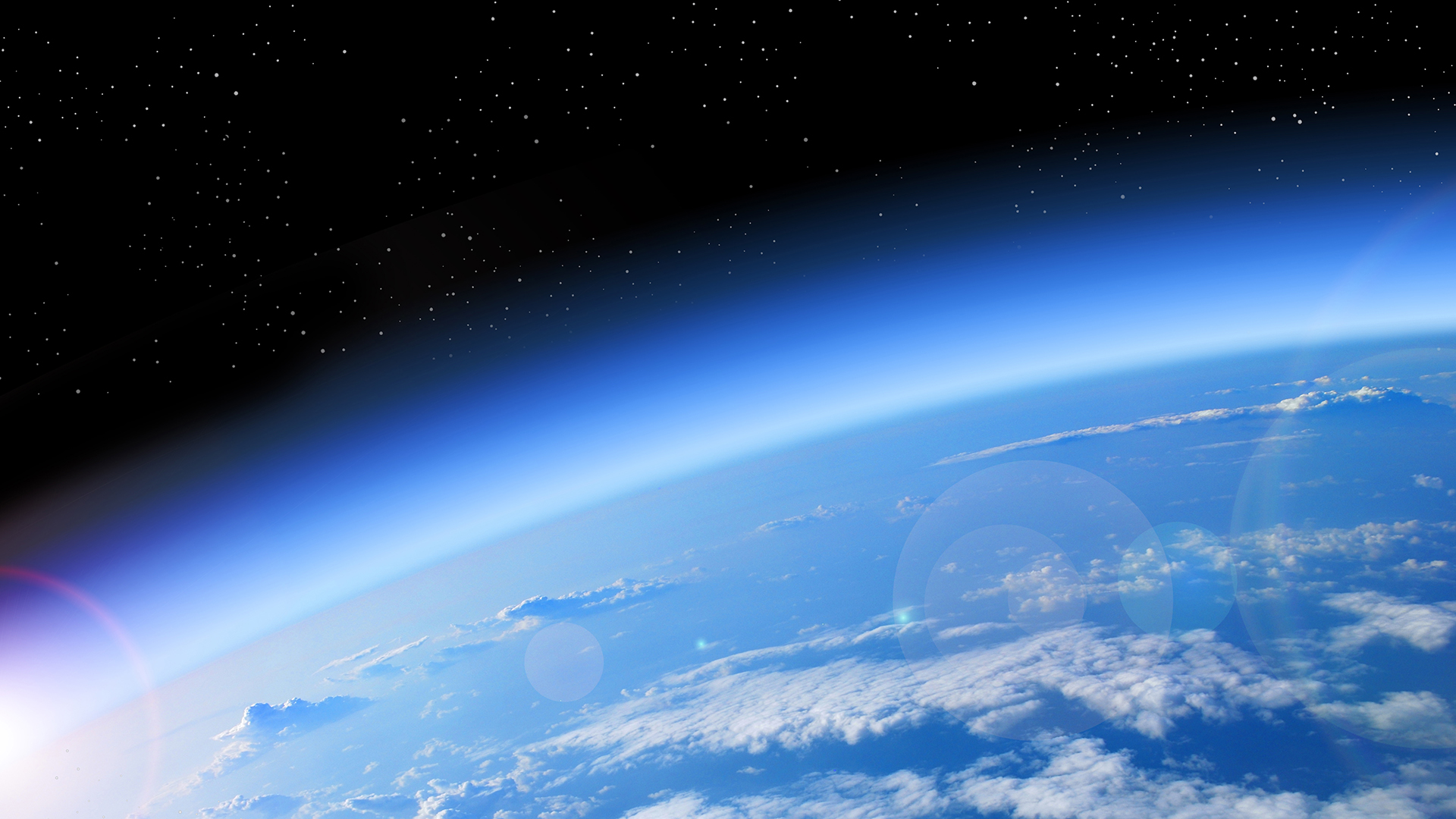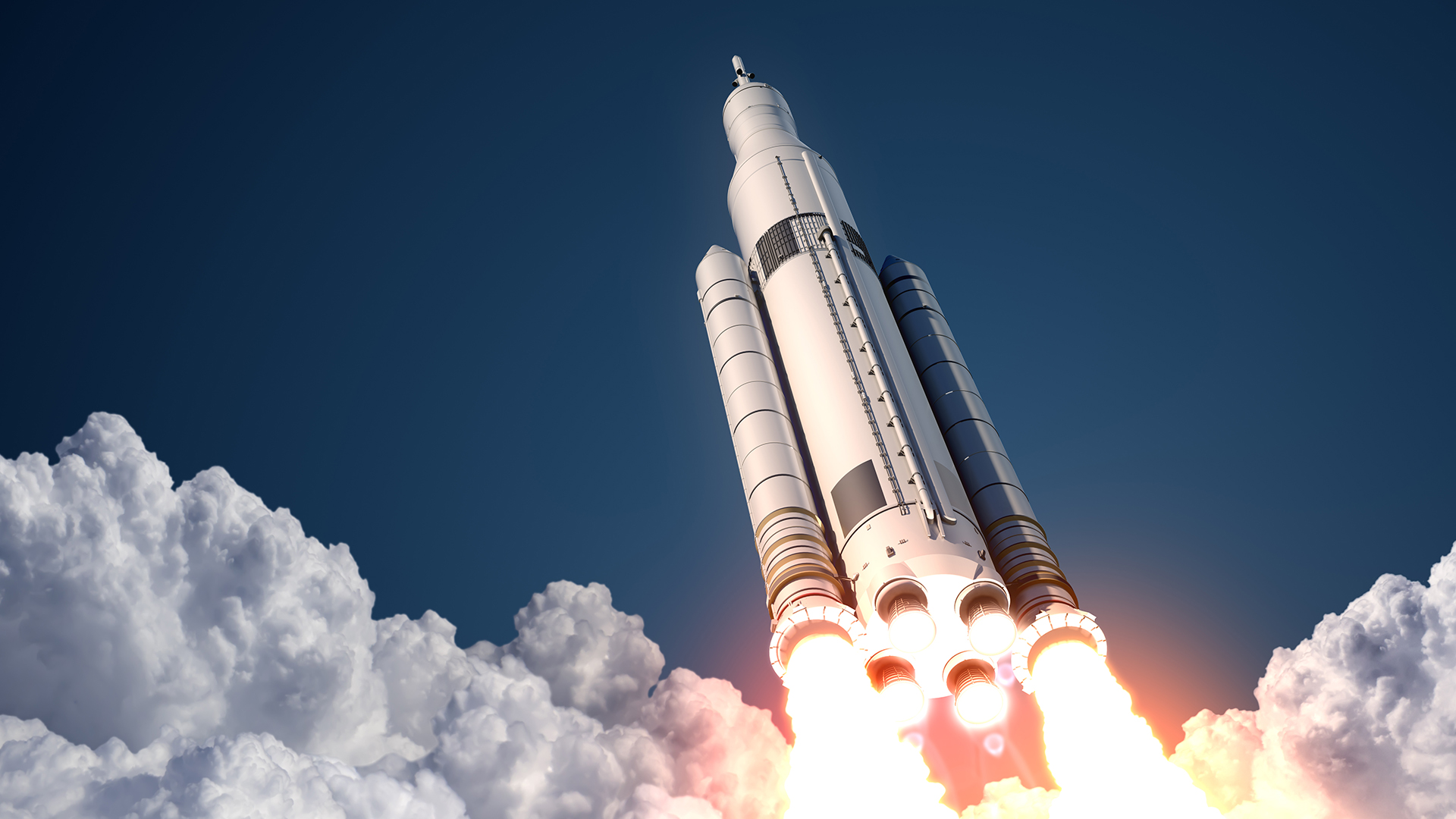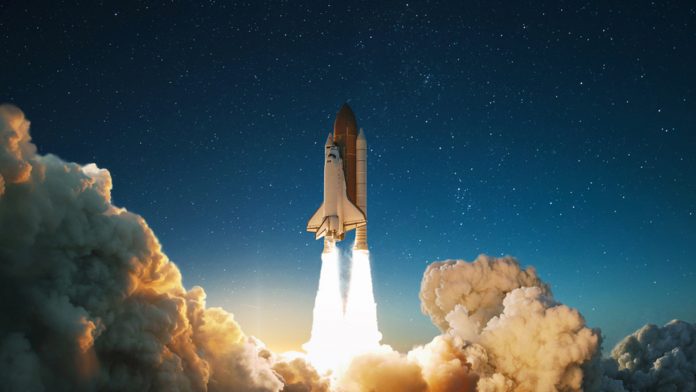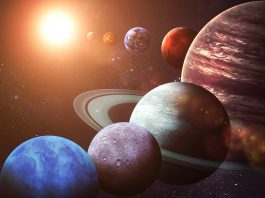Rocket launches are becoming increasingly popular, with hundreds scheduled for the coming years. New research suggests that the rising number of space launches could lead to ozone layer damage.
Researchers at the University of Canterbury, New Zealand, have performed a review titled ‘Envisioning a sustainable future for space launches: a review of current research and policy,’ which analyses the impacts that future rocket launches pose to Earth’s protective ozone layer.
The team hopes their findings will inspire companies and nations to develop sustainable strategies for future endeavours into the final frontier.
Dr Laura Revell, an Associate Professor in Environmental Physics, said: “The current impact of rocket launches on the ozone layer is estimated to be small but has the potential to grow as companies and nations scale up their space programmes.
“Ozone recovery has been a global success story. We want to ensure that future rocket launches continue that sustainable recovery.”
Why is damaging the ozone layer dangerous?
The ozone layer is vital to protecting life on Earth, as it blocks harmful ultraviolet rays from the Sun. Throughout the 1980s and 1990s, the prevalence of aerosol and refrigeration chemicals, known as chlorofluorocarbons (CFCs), damaged the ozone layer severely.
Since then, robust legislative changes globally have helped alleviate this impact, with the ozone scheduled to recover by the end of the century. The threat from increased rocket launches could plunge the ozone’s future into turmoil.

Rocket launches produce an array of harmful emissions
Rocket launches have increased significantly worldwide in recent years, with SpaceX, NASA, and countries worldwide expanding their space programmes.
In the last five years alone, space launches have grown from 90 to 180 in 2022 – which is 44 more than the previous year. The space industry is expected to be worth $3.7tr by 2040.
However, a traditional rocket launch emits harmful gases and particulates that damage the ozone layer, such as reactive chlorine, black carbon, and nitrogen oxides, with new fuels like methane not currently measured. Moreover, rocket fuel emissions are currently unregulated internationally.
Michele Bannister, a Rutherford Discovery Fellow and planetary scientist UC senior lecturer, explained: “Rockets are a perfect example of a ‘charismatic technology’ – where the promise of what the technology can enable drives deep emotional investment – extending far beyond what the technology also affects.”

What can be done to increase space mission sustainability?
The team’s review outlines action plans and calls for global collaboration from companies and the ozone research community to protect the Earth’s upper atmosphere. Actions include how companies can measure emissions of launch vehicles on the test stand and in situ during flight.
This data can be made available to researchers to help design industry best practices for rocket design and development.
Dr Revell added: “The international ozone research community has a strong history of measuring atmospheric ozone and developing models to understand how human activities could impact this critical layer of our atmosphere. By working with rocket launch providers, we are well-placed to figure out what impacts we might see.”
The team is confident that collaboration is the key to protecting the ozone and ensuring sustainable space projects.
Dr Bannister concluded: “Rockets have exciting potential to enable industrial-level access to near-Earth space and exploration throughout the Solar System.
“Creating sustainable global rocket launches is going to take coordination across aerospace companies, scientists, and governments: it is achievable, but we need to start now. This is our chance to get ahead of the game.”









